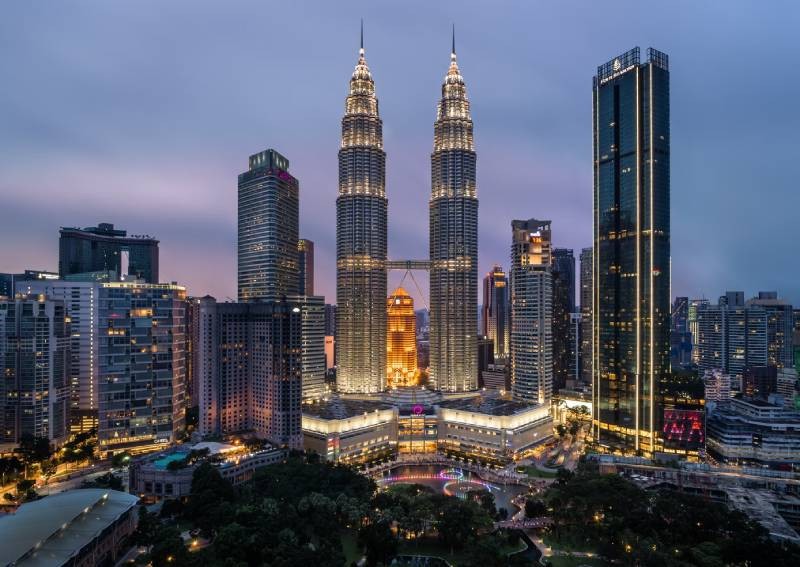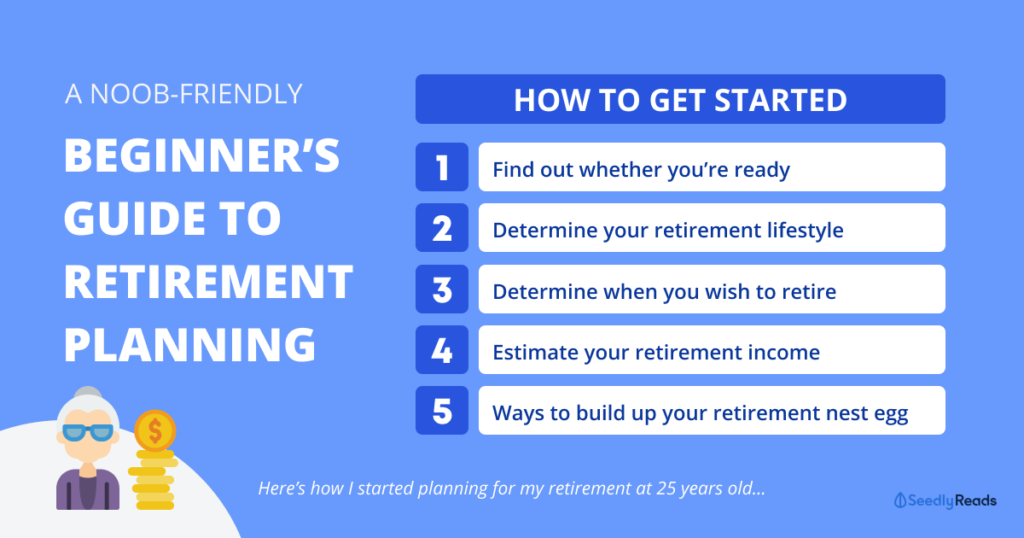How much will retiring in Malaysia cost?


My parents have often talked about retirement in Malaysia. Think living in a landed property, eating good food that's close to home, cycling and exploring nature as you enjoy the good life…
And they aren't wrong with Malaysia being the third-best country in Southeast Asia to retire in, according to International Living.
The best part? You can retire in Malaysia and live a pretty comfortable life on just $2,000 a month.
But, you'll need to have a hefty monthly offshore income of RM40,000 (S$12,645) under the latest requirements, which may be relaxed in the future.
For those who have no problem reaching that amount or if you're just curious about retirement in Malaysia, read on!
To retire in Malaysia, you'll need to successfully apply for the Malaysia My Second Home programme which requires at least RM1.5 million in liquid assets and a monthly offshore income of RM40,000.
For a comfortable retirement from 65 to 85 years old, expect to save at least $700,000 to $1.1 million after accounting for inflation.
Disclaimers: All currency conversions are rounded off to the nearest dollar.
Before we delve into the nitty-gritty, let's address the big elephant in the room; obtaining a retirement visa in Malaysia.
Malaysia offers a transparent five-year renewable visa with the Malaysia My Second Home (MM2H) programme.
Under MM2H, you can bring your spouse and unmarried children (below the age of 21) along as dependants.
However, you are expected to be financially capable of supporting yourself.
Here are the requirements:
After a period of one year, you are allowed to withdraw a maximum of 50 per cent of your liquid assets for approved expenses related to:
However, you'll have to maintain a minimum balance of RM500,000 in your fixed deposit account.
There is also a pass fee of RM500 a year and a processing fee of RM5,000 for the main applicant and an additional RM2,500 per dependent.
On top of providing financial statements, you and your dependants must:
For most Singaporeans, having a $12,728 monthly offshore income is a pipe dream. However, the cost of retiring in Malaysia is still low.
And should the Malaysian government relax these requirements or revert them back, it might be possible for some of us to retire there.
So read on to find out how cheap it could be should Malaysia relax these requirements.
Here's where the fun begins: How much would we really need to enjoy a comfortable retirement?
Assuming that you are retiring with your spouse in Penang Malaysia (a popular choice for many to retire in), here is a rough estimate of how much you'd be spending to enjoy a comfortable lifestyle:
| Rent (three-bedroom condo/house) | $969 |
|---|---|
| Groceries | $300 |
| Electricity | $132 |
| Water | $14 |
| Cell phone | $14 |
| Internet and landline | $53 |
| Gas for cooking | $6 |
| Domestic helper (four hours per week) | $26 |
| Entertainment (eating out five nights a week, local and western food, alcohol not included) | $396 |
| Total | $1,910 |
Source: International Living
Of course, how much you want to spend during your retirement years really depends on the type of lifestyle you want to live.
If you really want to stretch your dollar, you can still live a decent lifestyle for as low as $1,500 a month.
With the life expectancy of Singaporeans being 83.9 according to SingStat, and increasing over the years, we'll assume that we'll age gracefully till the ripe old age of 85 years old.
Assuming that we retire at 65 years old, that gives us a good 20 years to enjoy our retirement.
If you'd like to travel around Malaysia or even take a trip up north for a vacation in Thailand, you may also want to consider owning a car.
In Malaysia, the cost of owning a car for five years is roughly RM100,000 according to CompareHero. So, assuming that we buy a new car every five years:
Last but not least, we'll need to account for inflation.
You know, that pesky lil bug that sucks the value of our money away.
In Malaysia, the average inflation rate from 1973 to 2022 was 3.39 per cent.
Taking this into account, here's the total sum that you'll need to retire comfortably:
If we're looking at a more conservative lifestyle:
While these figures may seem intimidating, do note that you will still have access to your CPF contributions via CPF LIFE payouts, so long as you keep your Singaporean citizenship of course.
And while inflation will chomp away at our savings, you can use the power of compounding by doing CPF contributions or investing to counter the effect of inflation.

Aside from the much lower cost of retiring in Malaysia compared to Singapore, here are some of the pros and cons of retirement in Malaysia.

Despite the fierce food rivalry that Singaporeans have with Malaysians, retiring in Malaysia let's you enjoy similar foods such as nasi lemak for a cheap price.
Compared to Australia for example, nasi lemak costs more than $15 at PappaRich…and that's if you're lucky enough to have an outlet in your city.
If you're retiring in Costa Rica, you can forget about indulging in nasi lemak at all.
On the social side of things, Malaysians are a friendly bunch (if you don't have Malaysian friends already) and you can find plenty of other Singaporean retirees to befriend.
Moreover, you won't have to deal with much of a language barrier as most Malaysians speak English.
So if you're worried about settling in, Malaysia is probably the easiest country to adjust to as a Singaporean.
While you won't get to experience the four seasons or snowfall in Malaysia, our neighbour is known for its beautiful beaches, waterfalls and forests.

Nature-lovers will relish the experience of living in Malaysia and exploring nature whenever they want, without crossing the border.

As we age, healthcare costs are also something we should take note of.
Thankfully, healthcare costs are relatively affordable, and you'll have access to some of the best healthcare professionals and facilities.
According to Numbeo, Malaysia has a health care system index of 70.14, not too far off from Singapore's 71.18.
But if you really want to, you can always go back to Singapore to get any treatments done.
READ ALSO: 15 ways to help your parents plan for their retirement
While most of us will not be able to qualify for the MM2H programme, it is still nice to know that there is a possibility that we could retire in Malaysia for cheap…
Provided that the Malaysian government revises and relaxes the requirements.
If you have yet to start retirement planning, start out with our guide:

This article was first published in Seedly.